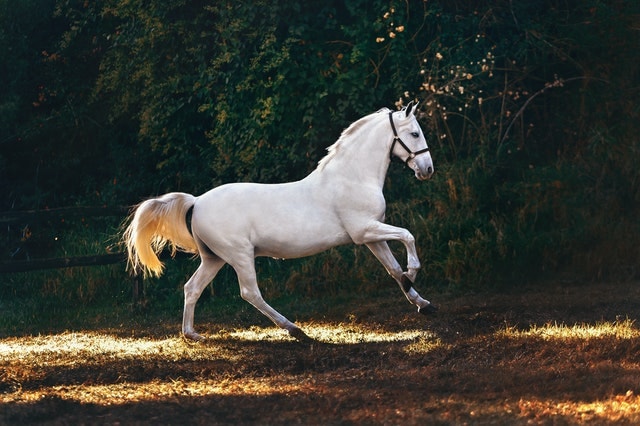Whether it’s in the office or a club outside work, everyone is involved in some sort of group. At some point in time, everybody will be called upon to be a leader in some capacity, and many people feel like they don’t know what to do when put in control of others. This may be a natural reaction, but it’s one people must overcome if they are going to be successful. The majority of human communication is done non-verbally, so why not look to creatures that lead without ever having to speak for inspiration? For those unsure how to convey leadership, take a lesson from horses and understand what it means to lead.
Every group needs an established leader
For every herd, there is a well established leader and a clearly identified pecking order. The Alpha horse makes sure to assert its authority while watching the rest of the herd to make sure they understand who is in charge. But at the same time, the lead horse is responsible for guiding the herd and keep them out of harm’s way. This system can be seen in many animal groups, and it is common in nature because it is successful. When working with a group of people, a leader is needed to take charge and guide the others to be as successful as possible.
Endure the pain to get results
Within a group of horses, the dominant horse often endures pain and trauma without complaint in order to keep the herd together. The same is necessary for human leaders. Effective leaders need to be able to make hard decisions and endure the consequences because it is the best thing for the group.
With age comes wisdom
Herds of wild horses are often led by older mares because they have earned the position at the front of the pack. Older members of a group often carry the experience, resiliency and resourcefulness necessary to navigate through hard times and make it through to the other side, no worse for wear.
Don’t be afraid to hold back
When new horses first meet, they tend to jostle one another and run around to prove they are strong and fit. But when all is said and done, it is the horse that has conserved its energy and acted with integrity that has proven itself to be the leader of the pack. When new members are added to a group, true leaders aren’t concerned about their position and don’t make a lot of commotion when the hierarchy undergoes change.
Observe your surroundings
A horse is constantly aware of its surroundings and knows what is going on at any given time. This attention to detail allows the herd to know when it’s time to move on and when something dangerous is taking place. Understanding the atmosphere within a group as well as outside enables a leader to make the best decision for the people he or she is leading and results in the best outcomes.








